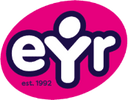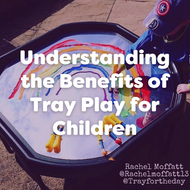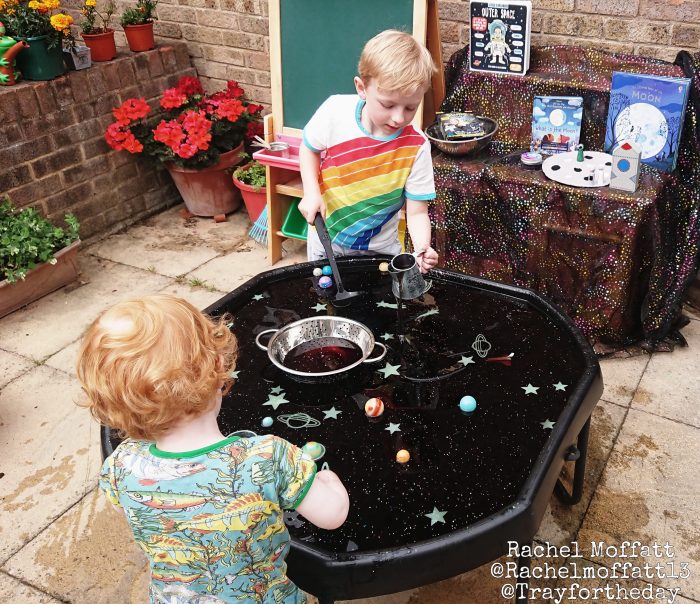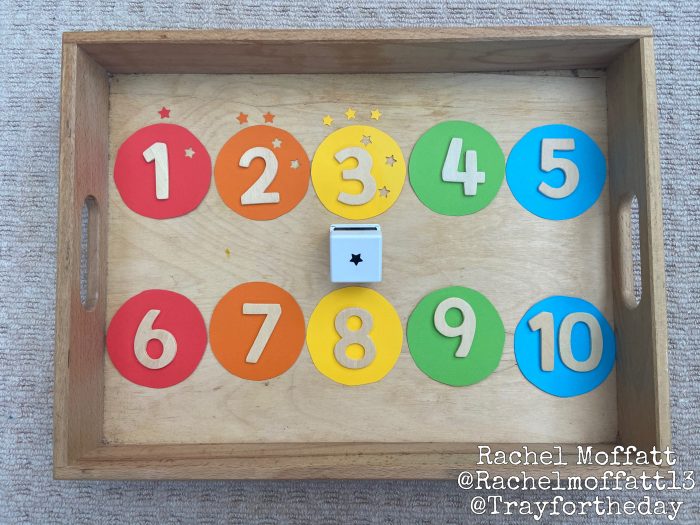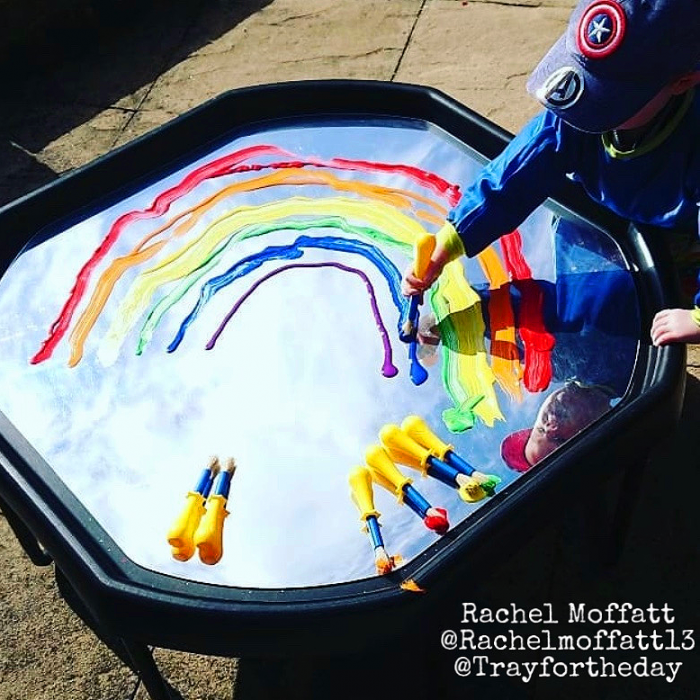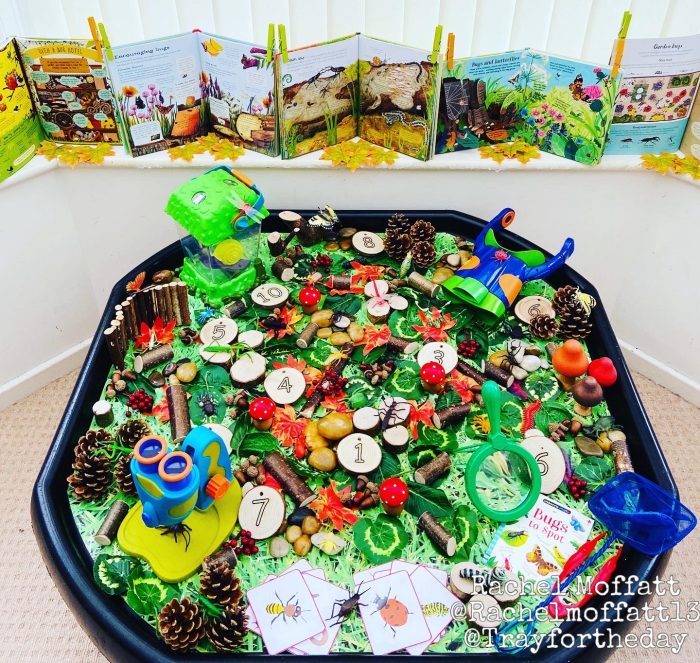Understanding the Benefits of Tray Play for Children
Posted by EYR Team on 11th Mar 2020
read more
This article has been written by mother of two and tray play advocate, Rachel Moffatt. Rachel is passionate about learning through play and fostering creativity in children. She is an advocate for Tray Play, especially the use of tuff trays indoors and out. She shares her play ideas on her Instagram page @rachelmoffatt13, and her play challenge @trayfortheday focuses solely on sharing tray play ideas. The hashtag #trayfortheday currently contains over 13,000 tray play ideas perfect for any early year’s environment.
How does tray play benefit children?
Learning through play is the main focus of the early years foundation stage. Chiefly, it is about making learning fun.
Tray play provides a focused area of play with the contents ‘somewhat contained’. Setting out inviting activities with cognitive and physical challenges has a significant benefit to early childhood development. Undoubtedly, tray play gives children the opportunity to explore and discover independently, it fosters their creativity and imagination.
There are many types of trays that can be combined with all types of invitations to play, learn and create.
Small Trays
Small trays, especially those with handles, are easy to transport and move into different learning environments. Tray play gives children a spatial awareness of an area they can use to play and create. Small trays for individual use are very effective for focused learning activities. This can include numeracy, literacy learning or practical skills, such as pre-writing tracing and cutting.
Large Trays
On a larger scale, Tuff Trays and large rectangular trays in particular encourage group play, allowing numerous children at once to join the activity, playing alongside each other or together. This creates a great opportunity to build on social skills, confidence and speech and language development.
Tuff Trays & Accessories
The size and shape of a Tuff Tray mean that children can move around and explore from different angles. Thus giving adifferent perspective.
What is particularly special about a Tuff Tray & Stand is that they have adjustable heights for different ages and settings. Alternatively, they can be used on the floor for play ‘within’ the tray. This is perfect for baby and toddler exploration and first sensory or messy play experiences. They can be used safely for a very hands-on approach to learning at a very early age.
Tray-based activities can be prepared ahead of time, stored and left out to explore and revisit. A great benefit of a ‘contained invitation to play’ and ‘closed environment’.
A Tuff Tray Cover is an added bonus that extends the life of messy play and protects the contents of the tray. Particularly handy for Tuff Trays being used outdoors.
Tray play can be used to create an environment where children can play, discover and learn many skill sets depending on the type of play invitation set out. Invitations to play with lots of open-ended resources, art materials, messy play etc. give a child chance to self-express and create using stimulating sensory experiences.
Due to the boundary and set area, tray play needs less supervision, which gives children the freedom to explore at their own pace and engages curiosity. The ‘containment’ of tray play activities also makes play easier to manage and clean up afterwards which open surfaces do not give.
Types of Tray
Tuff Tray
Tuff Tray, is so versatile! A large deep plastic tray, perfect for a home or early years environment. This is best for large-scale and group play activities.
Clear Tray
A clear sensory exploration tray or a plastic box looks fantastic when it is used over a light pad for sensory play, messy play and process art.
Circle Tray
A circular serving tray is great for smaller scale messy play, sensory play, small world play and discovery play.
Compartment trays are also great for play dough and crafts, holding lots of different materials.
Wooden Tinker Tray
Finally, wooden tinker trays and baking trays are good for focused educational activities, cognitive and motor skill development, sorting practice, loose parts play etc.
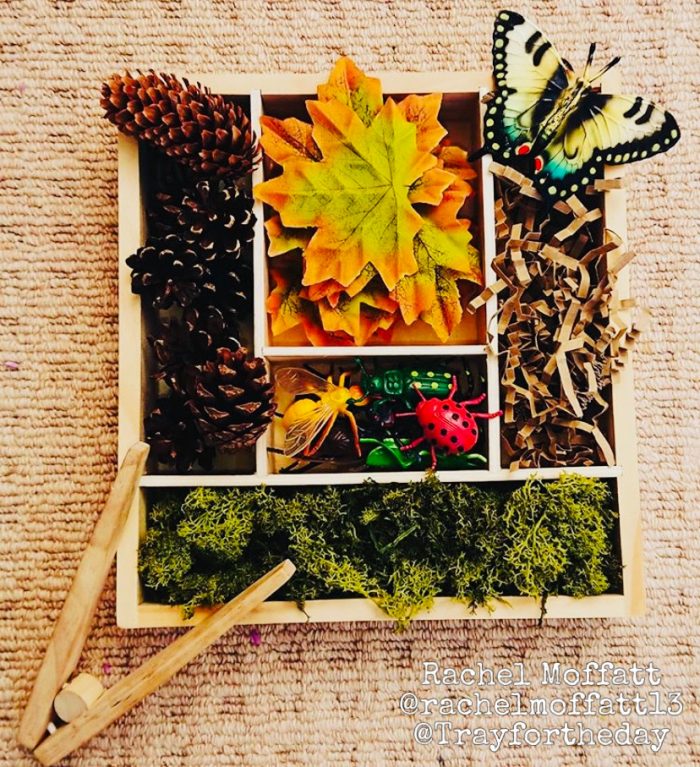
Types of Activity

